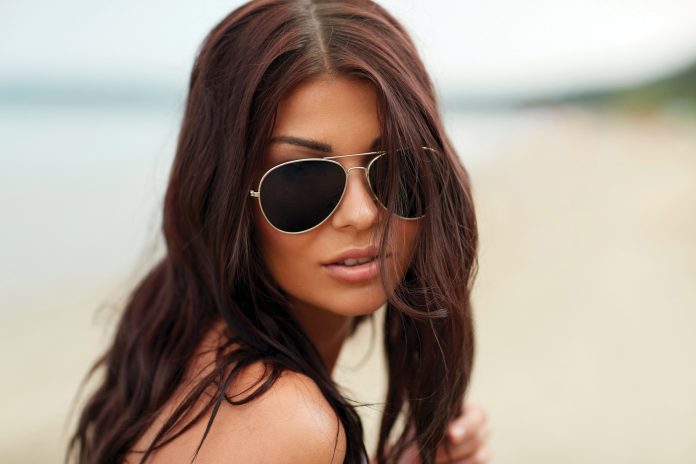
Nearly 5 million people are treated for skin cancer each year in the United States. Skin cancer can be serious, expensive, and sometimes even deadly. Fortunately, most skin cancers can be prevented.
Ultraviolet (UV) rays—from the sun or from artificial sources like tanning beds—are known to cause skin cancer. Damage from exposure to UV rays builds up over time, so sun protection should start at an early age.
Stay sun-safe outdoors
• Protect your family and yourself from skin cancer. Stay sun-safe outdoors and discourage indoor and outdoor tanning.
• Seek shade, especially during midday hours. This includes 10 a.m. to 4 p.m., March through October. Umbrellas, trees, or other shelters can provide relief from the sun.
• Be extra careful around surfaces that reflect the sun’s rays, like sand, water, and concrete.
• Wear sun-protection gear like a hat with a wide brim and sunglasses to protect your face and eyes.
• Sunglasses protect your eyes from UV rays and reduce the risk of cataracts and other eye problems. Wrap-around sunglasses that block both UVA and UVB rays offer the best protection by blocking UV rays from the side.
• Wear a long-sleeved shirt and pants or a long skirt for additional protection. If that’s not practical, try wearing a T-shirt or a beach cover-up.
• Apply a thick layer of broad spectrum sunscreen with an SPF of 15 or higher at least 15 minutes before going outside, even on cloudy or overcast days. Reapply sunscreen at least every 2 hours and after swimming, sweating, or toweling off.
Limit UV exposure: discourage tanning
• UV rays are strongest from late morning through mid-afternoon; near the equator; during summer months; and at high altitudes.
• Remember that sunburns and skin damage can occur even on cloudy or overcast days.
• Indoor and outdoor tanning often begin in the teen years and continue into adulthood. Don’t wait to teach your children about the dangers of tanning. Children may be more receptive than teens, so start the conversation early.
Indoor tanning
• Exposes users to intense levels of UV rays, a known cause of cancer.
• Does not offer protection against future sunburns. A “base tan” is actually a sign of skin damage.
• Indoor tanning accidents and burns send more than 3,000 people to the emergency room each year.
• Many states restrict the use of indoor tanning by minors. There’s no such thing as a safe tan.
© 2018 Metro Monthly. All rights reserved.




